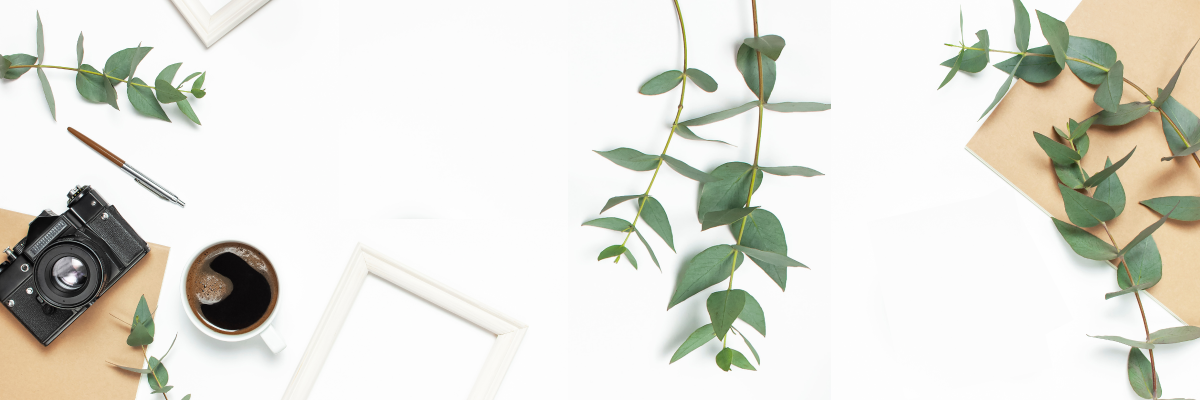When it comes to photography, composition is key. It's what sets apart a good photo from a great one. And one of the most powerful composition techniques you can use is the Rule of Thirds.
What is the Rule of Thirds?
The Rule of Thirds is a basic principle that helps you create well-balanced and visually appealing photos. It involves dividing your image into a 3x3 grid by drawing two horizontal and two vertical lines. The idea is to place your subject or key elements along these lines or at the intersection points, rather than in the center of the frame.
Why is this important? Well, our eyes naturally gravitate towards these intersecting points and lines, making them more visually pleasing and dynamic. By following the Rule of Thirds, you can create photos that are more engaging and draw the viewer's attention to the right areas.
How to Apply the Rule of Thirds
Now that you understand the concept, let's talk about how to actually apply the Rule of Thirds in your photography.
1. Enable the Gridlines
Most modern cameras and smartphones have an option to enable gridlines in the viewfinder or display. This will allow you to visualize the Rule of Thirds and compose your shots accordingly. If you can't find this option in your camera settings, you can always imagine the gridlines in your mind or use the grid overlay feature in photo editing software.
2. Position Your Subject
When composing your shot, try to position your subject along one of the gridlines or at the intersection points. For example, if you're photographing a person, you might place their eyes along one of the horizontal lines, or if you're capturing a landscape, you could position the horizon along one of the horizontal lines.
Remember, the Rule of Thirds is not a strict rule but rather a guideline. So, feel free to experiment and break the rules when it makes sense creatively. But always keep in mind that the goal is to create a visually balanced and interesting composition.
3. Balance the Elements
In addition to placing your main subject along the gridlines, you also want to consider the placement of other elements in your frame. Look for objects, lines, or shapes that can interact with the gridlines or intersecting points to create balance and harmony.
For example, if you have a tree in your photo, you might position it along one of the vertical lines, or if you have a leading line in your composition, you could align it with one of the diagonal lines.
Why the Rule of Thirds Works
So, why does the Rule of Thirds work so well? Well, it's all about creating visual interest and balance in your photos. Placing your subject or key elements off-center adds a sense of tension and movement, making the image more dynamic and engaging.
When you center your subject, it can often create a static and less interesting composition. By following the Rule of Thirds, you introduce asymmetry and create a more visually pleasing image.
Other Composition Techniques to Consider
While the Rule of Thirds is a powerful tool, there are other composition techniques that can also help you create stunning photos. Here are a few to consider:
1. Leading Lines
Leading lines are lines that guide the viewer's eyes towards the main subject or focal point in your image. They can be roads, pathways, or even patterns in architecture. By incorporating leading lines into your composition, you can create depth and draw attention to your subject.
2. Framing
Framing is a technique where you use elements in the foreground to frame your subject and draw attention to it. This could be branches, doorways, or even people. By framing your subject, you add depth and create a more immersive experience for the viewer.
3. Symmetry
Symmetry can create a sense of tranquility and balance in your photos. Look for symmetrical elements in your environment, such as reflections or architecture, and position them accordingly in your composition. This technique works particularly well in landscapes and architecture photography.
Conclusion: Becoming a Composition Master
The Rule of Thirds is just one of many composition techniques you can use to take your photography to the next level. By understanding and applying this rule, you can create more visually appealing and engaging photos.
Remember, the Rule of Thirds is not a strict rule but rather a guideline to help you compose your shots. Feel free to experiment and break the rules when it makes sense creatively. The goal is to create a visually balanced and interesting composition that tells a story and captures the viewer's attention.
So, next time you pick up your camera or smartphone, remember to enable those gridlines, position your subject strategically, and balance the elements within your frame. With practice and experimentation, you'll soon become a composition master, capturing stunning photos that stand out from the crowd.












